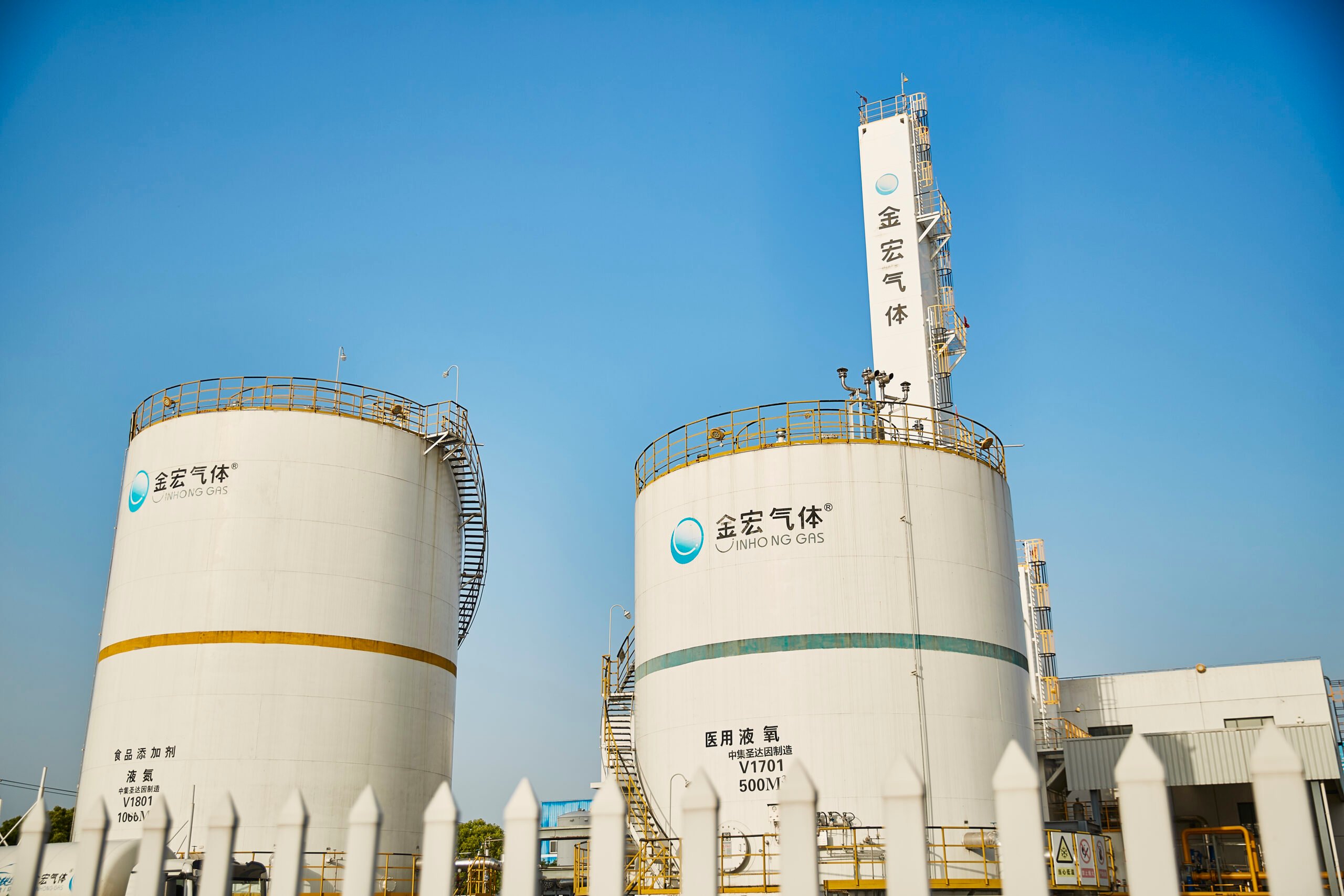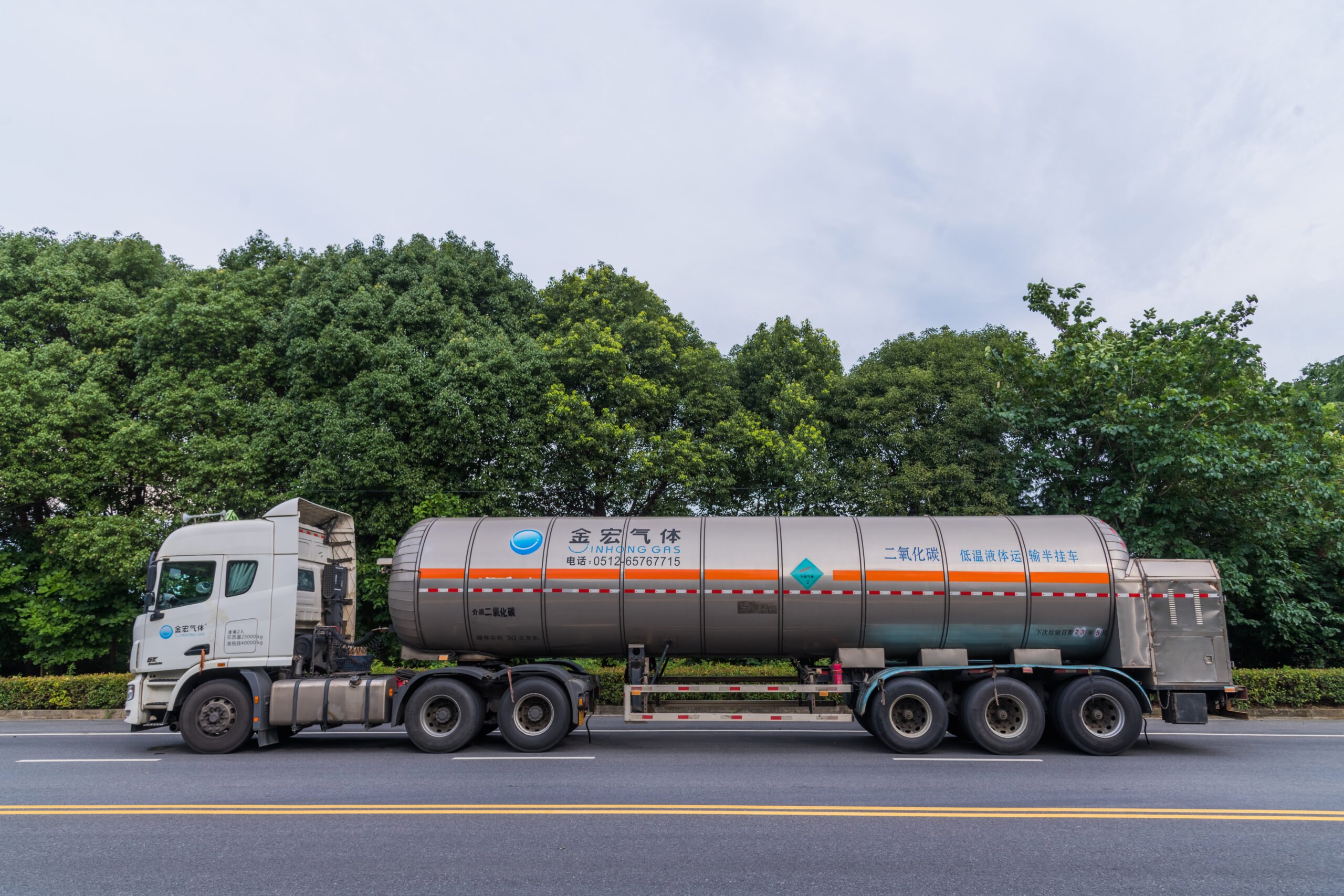Currently, oxygen is primarily sold in bottled form on the market, and its intended use is categorized into two types: medical and industrial. Below, we will briefly explain the differences between medical and industrial oxygen, as well as the potential harms of industrial oxygen to the human body, to help you better understand the characteristics of these two types of oxygen.
Differences Between Medical and Industrial Oxygen
Characteristics of Medical Oxygen
Medical oxygen, also known as medical oxygen, is extracted from the atmosphere through cryogenic separation and is designed specifically for medical treatment. Its purity standards are stringent, and bottled medical oxygen must achieve or exceed 99.5%. Medical oxygen is primarily used to treat respiratory conditions such as asthma, bronchitis, and cor pulmonale, as well as cardiac and cerebrovascular diseases such as coronary heart disease, myocardial infarction, cerebral hemorrhage, and stroke. Medical oxygen is also commonly used for healthcare purposes, helping to quickly relieve fatigue after strenuous mental or physical exertion.
Characteristics of Industrial Oxygen
Industrial oxygen generally only focuses on oxygen purity, with no specific requirements for other sanitary conditions. Industrial oxygen has lower purity requirements and less stringent quality standards. It may contain harmful impurities such as carbon monoxide, carbon dioxide, and acetylene. This type of industrial oxygen is primarily used in processes such as welding, gas welding, and gas cutting.
Differentiation Methods
- Purity and Dryness
Although both medical oxygen and industrial oxygen are gases and difficult to distinguish through home experiments, the following methods can help distinguish them to some extent: First, observe their purity. Medical oxygen requires a purity of at least 99.5%, while industrial oxygen only needs to be at least 99%. Second, pay attention to the dryness of the gas. Medical oxygen undergoes special processing, and its water content is strictly controlled to ensure safe use. In contrast, industrial oxygen may have shortcomings in this regard. - Application and Regulation
In addition, we can distinguish between the gases by understanding their application and filling procedures. Medical oxygen is primarily used in the medical field, and its production and filling processes are strictly regulated by drug regulatory authorities. Industrial oxygen, on the other hand, is primarily used in industrial production and product processing, and its filling procedures may be less stringent. These methods allow us to more accurately distinguish medical oxygen from industrial oxygen. - Medical Oxygen Certificate: Similar to everyday food and medicine, medical oxygen also has detailed production information. Key information, such as the manufacturer, production date, and expiration date, is clearly recorded on the certificate attached to the medical oxygen cylinder. This certificate not only confirms the quality of the medical oxygen but also clearly identifies who is responsible for its safe use. Furthermore, the certificate includes verification markings such as the production date to ensure compliance with the medical oxygen’s regulations.
- Hydraulic Pressure Test Stamp: To ensure oxygen cylinder safety, medical oxygen cylinders undergo rigorous hydraulic pressure testing every three years. This process not only tests the cylinder’s quality but also ensures user safety.
- Olfactory Identification: It may be difficult to distinguish newly filled industrial oxygen from medical oxygen simply by smell. However, over time, rust inside industrial oxygen cylinders will gradually become apparent. At this time, you only need to open the switch of the oxygen cylinder slightly (be careful not to open it too wide). If you can smell a strong smell of sulfur, rust or acid, then this is probably not medical oxygen.



